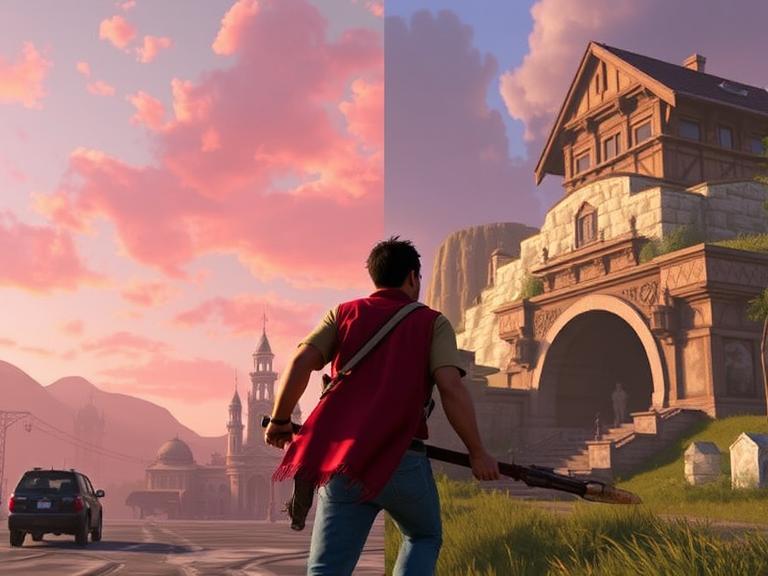Modern video games exist on a broad visual spectrum — from hyper-realistic graphics in Red Dead Redemption 2 to the vibrant, stylized art of Overwatch. The decision to pursue realism or stylization isn’t just about looks — it’s a deliberate design choice that influences immersion, performance, and emotional impact.
Realism aims to replicate the world as closely as possible. Games like Call of Duty: Modern Warfare II or The Last of Us Part II use motion capture, photogrammetry, and physically based rendering to achieve breathtaking visuals. This style works well in narratives grounded in real-world stakes or emotional nuance, where visual fidelity enhances immersion.
However, realism often demands immense hardware resources, long development cycles, and extensive budgets. It can also date a game quickly — what looks realistic today might feel outdated in five years.
Stylized graphics, on the other hand, age more gracefully and allow for greater artistic freedom. Games like Hollow Knight, Hades, or The Legend of Zelda: Breath of the Wild use distinctive color palettes, shapes, and animation styles to convey mood and personality. Stylization isn’t limited by realism — it can exaggerate, simplify, or abstract in ways that amplify emotion and tone.
Players are increasingly recognizing that good graphics aren’t just about resolution or shaders — they’re about consistency, clarity, and art direction. Whether it’s pixel art or photorealism, what matters is how well the visual style supports the gameplay and story.
